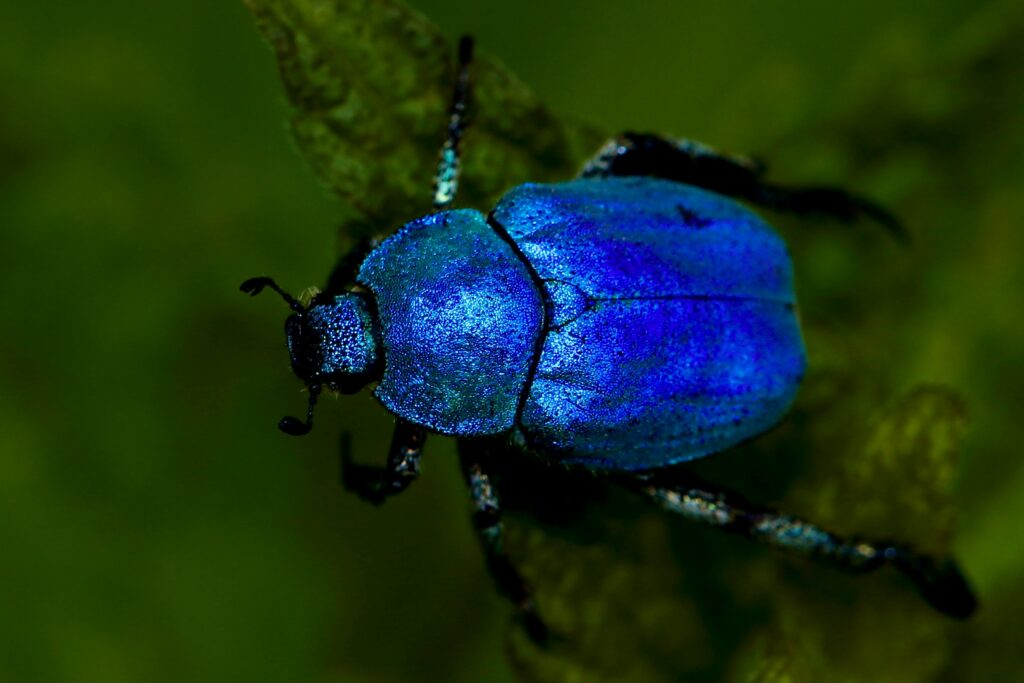In the mysterious darkness of tropical forests and shadowy meadows, nature reveals one of its most enchanting spectacles: beetles that glow in the dark. These remarkable insects, primarily fireflies and certain click beetles, possess the extraordinary ability to produce their own light—a phenomenon called bioluminescence. Unlike the artificial glow of our modern lights, which generate heat along with illumination, these beetles create a “cold light” with nearly 100% energy efficiency. Their gentle, otherworldly glow has fascinated humans for centuries, inspiring both scientific inquiry and cultural symbolism. This natural light show isn’t just beautiful—it serves critical biological functions that have evolved over millions of years. Let’s explore the fascinating world of these living lanterns and discover the science, ecology, and wonder behind beetles that light up the night.
The Science of Bioluminescence: Nature’s Light Without Heat
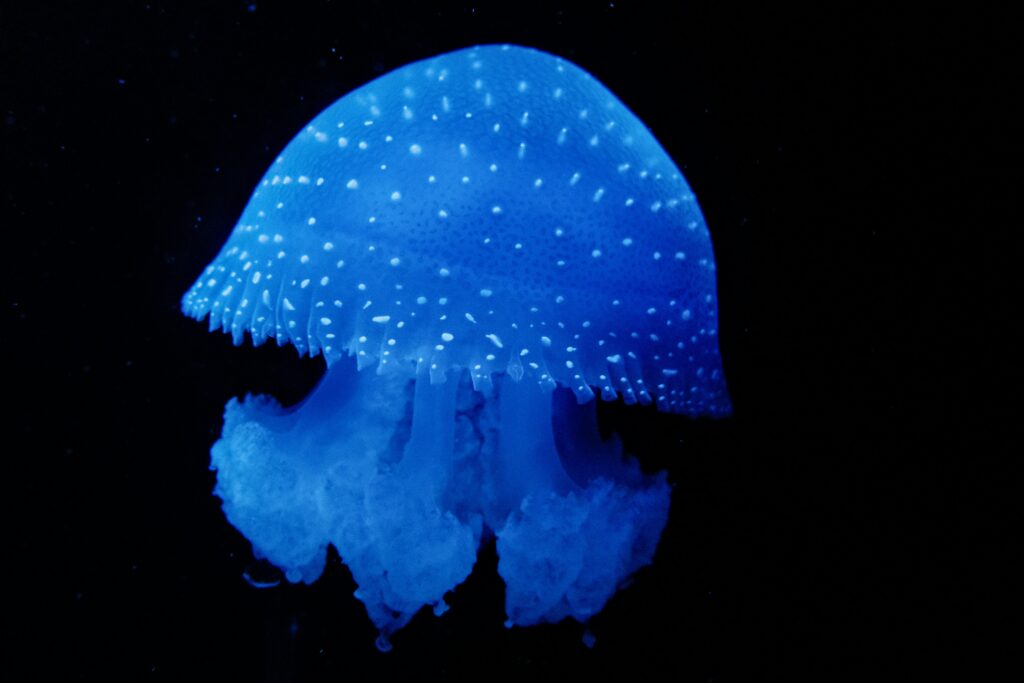
Bioluminescence in beetles operates through a remarkable chemical reaction that produces light with minimal heat generation. The process centers around a light-emitting compound called luciferin, which combines with oxygen under the enzymatic control of luciferase in specialized light organs. ATP (adenosine triphosphate), the energy currency of cells, powers this reaction, resulting in excited oxyluciferin molecules that release energy as photons of light rather than heat. This chemical magic allows beetles to produce illumination that’s nearly 100% efficient—far surpassing our best artificial light sources, which waste significant energy as heat. The precision of this biochemical system is extraordinary, with the beetle’s nervous system controlling exactly when and how brightly its lanterns shine.
Fireflies: The Most Famous Glow-in-the-Dark Beetles
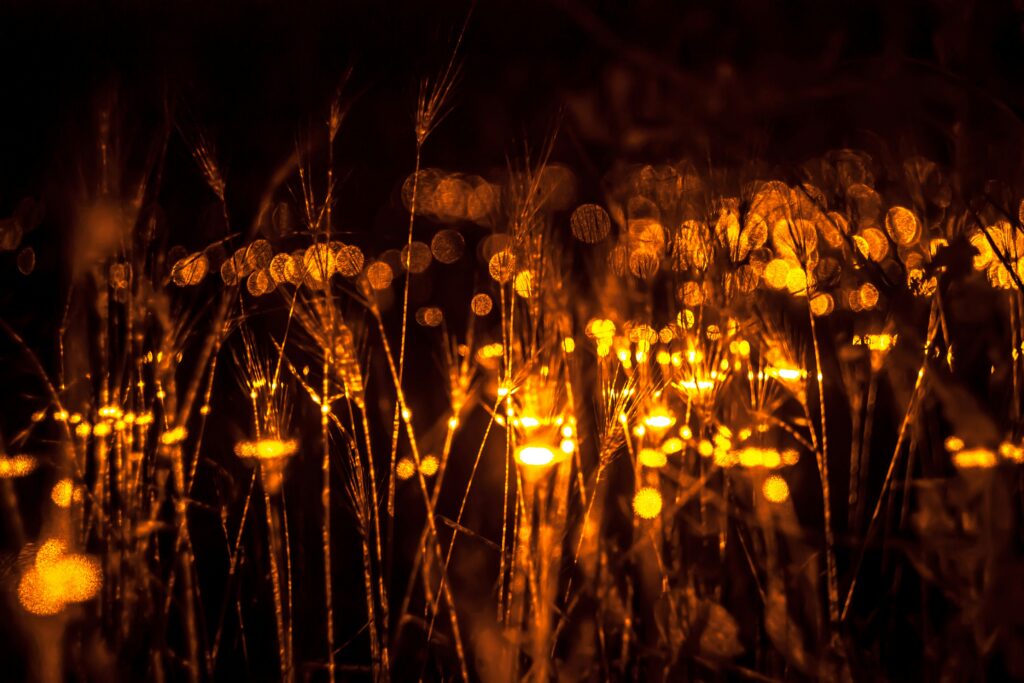
Fireflies, despite their name, are actually beetles belonging to the family Lampyridae, which includes over 2,000 species worldwide. These iconic insects are most abundant in tropical and temperate regions, where warm, humid conditions support their life cycles. Not all firefly species produce light—some communicate through pheromones instead—but those that do have developed specific flash patterns unique to their species. The light-producing organ is located in their abdomen, typically on the underside of the last few segments. Contrary to popular belief, fireflies don’t just flash randomly; their light signals follow precise patterns of timing, duration, and intensity that serve as a sophisticated communication system primarily used for finding mates.
The Spectacular Light Displays of Synchronous Fireflies

Among the most breathtaking phenomena in the natural world are the synchronized light displays created by certain firefly species. In places like the Great Smoky Mountains in the United States, Malaysia’s mangrove forests, and parts of Southeast Asia, thousands of fireflies flash in unison, creating rippling waves of light throughout the forest. The species Photinus carolinus is particularly famous for this behavior, with males synchronizing their flashes across large areas. This synchronization isn’t random—research suggests it helps females better identify males of their own species among the visual noise of other light signals in the environment. The precision of this synchronization is remarkable, with thousands of insects coordinating their flashes within fractions of a second of each other, creating a spectacular light show that draws tourists from around the world.
Click Beetles: The Other Luminous Coleopterans
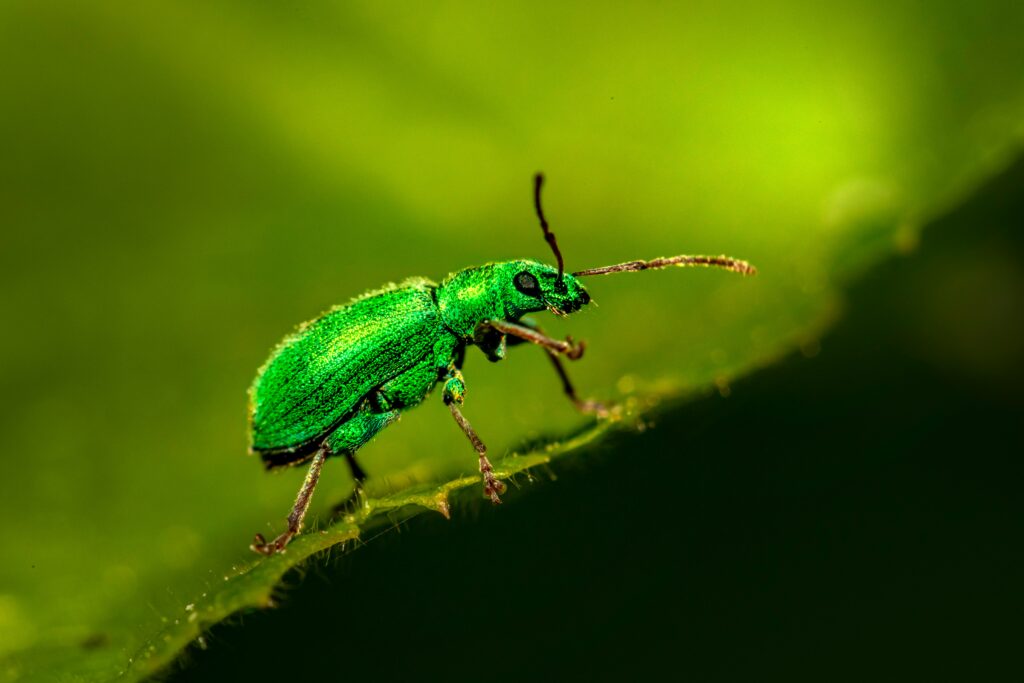
Beyond fireflies, certain click beetles in the family Elateridae also possess the gift of bioluminescence, though they’re less widely known. The most famous luminous click beetles belong to the genus Pyrophorus, commonly called “cucuyo” in Latin America, where they’re primarily found. Unlike fireflies, these beetles typically have two glowing spots on their thorax that resemble headlights, plus sometimes a third light organ on their abdomen that only lights up during flight. Click beetles earned their name from the distinctive clicking sound they make when jumping to escape danger—a mechanism that also propels them into the air when they’re flipped onto their backs. Their greenish-yellow light remains constant rather than flashing, serving different biological purposes than the intermittent signals of fireflies.
The Rainbow of Beetle Lights: Colors and Variations
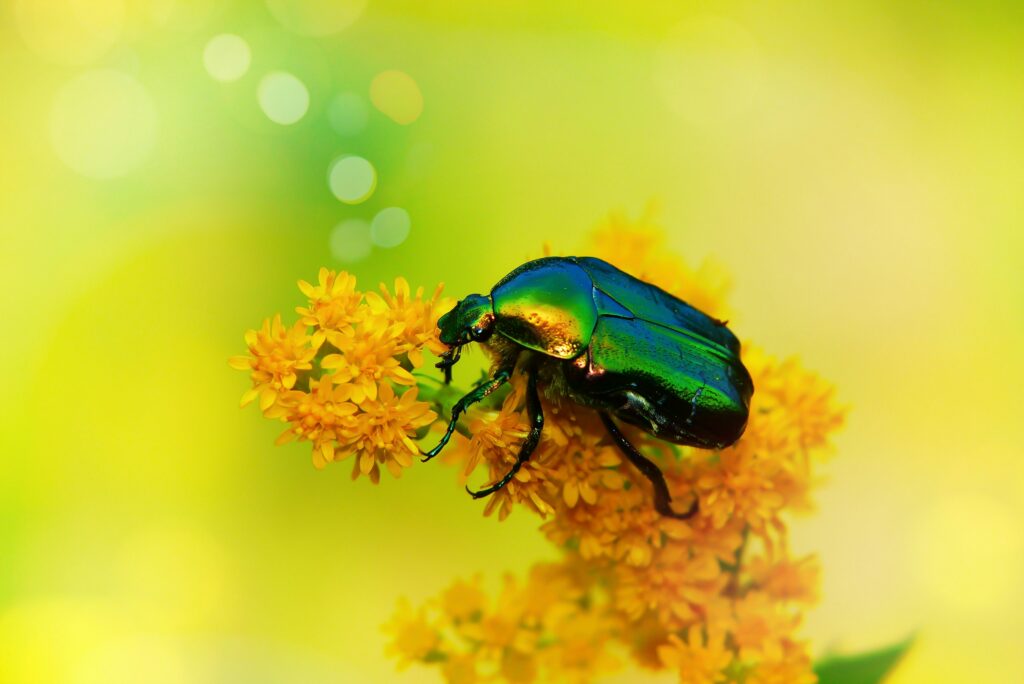
The light produced by bioluminescent beetles isn’t limited to a single color—it spans a surprising range of the visible spectrum. Most fireflies produce yellowish-green light with wavelengths around 560-570 nanometers, which is the most visible color to the insect eye and travels efficiently through air. However, some species emit more amber, yellow, or even reddish lights. The railroad worm (Phrixothrix), a luminous beetle larva from South America, displays an even more remarkable feature: its head emits red light while its body produces greenish light—essentially making it the only known living organism with built-in headlights and taillights. The specific color produced depends on subtle variations in the structure of the luciferin molecule and the microenvironment where the reaction occurs.
Finding Love Through Light: Mating Signals

The primary biological purpose of bioluminescence in many beetle species, particularly fireflies, is sexual communication. In most species, flying males produce specific flash patterns while cruising through the air, essentially broadcasting their identity and availability to potential mates. Females, typically perched on vegetation, respond with precisely timed answering flashes if they’re receptive to that particular male’s species. This dialogue of light continues as the male approaches, with each species having developed unique flash patterns that act as a biological signature to prevent cross-species mating. The timing, duration, number of pulses, and even the flight path during flashing all contribute to this complex visual language of love. Some fireflies have even evolved the ability to mimic the flash patterns of other species—a deceptive strategy used particularly by females of the genus Photuris to lure males of other species as prey.
Glowing Larvae: When Young Beetles Light Up

Bioluminescence isn’t limited to adult beetles—in many species, the larvae glow as well, sometimes more brightly and consistently than their mature counterparts. The “glowworm” (which, despite its name, is actually the larva of certain beetle species) is perhaps the most famous example, creating spectacular displays in caves and sheltered banks in places like New Zealand and Australia. These larvae produce light primarily as a hunting strategy, attracting flying insects that become entangled in sticky threads the larvae suspend from cave ceilings or overhangs. Unlike the flash patterns of adult fireflies, larval luminescence typically remains constant. In some species, even the eggs glow, providing a protective function by warning predators that they contain defensive compounds that make them unpalatable or toxic.
Defense Through Illumination: Warning Predators
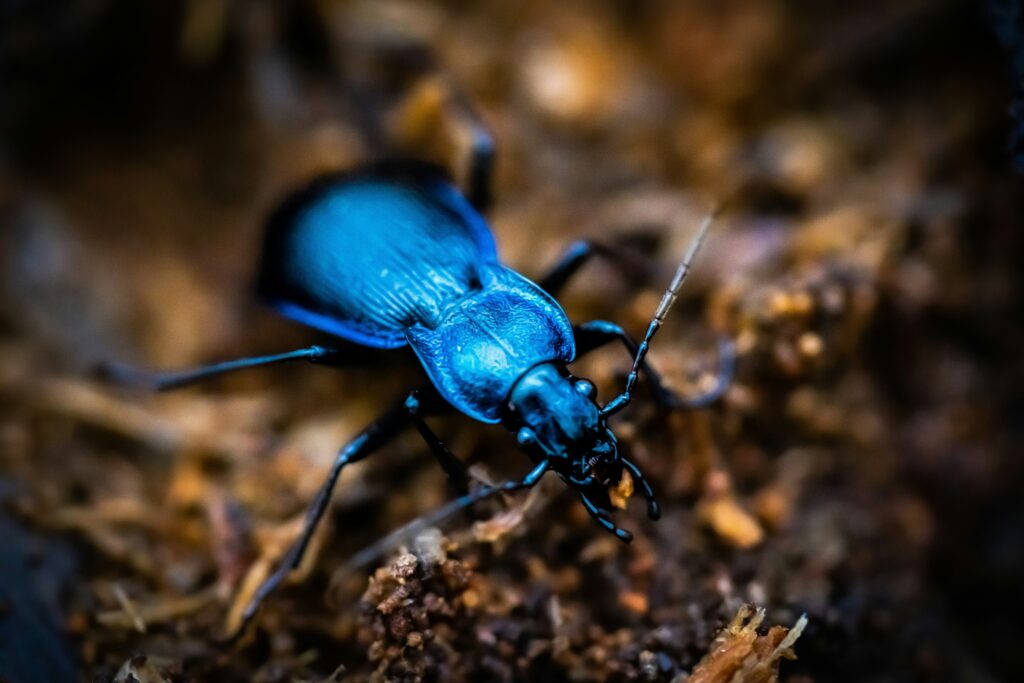
Beyond reproduction, bioluminescence serves important defensive functions for many beetle species. The light signals act as aposematic warnings to potential predators, advertising the beetles’ unpalatability or toxicity. Many luminous beetles contain defensive compounds called lucibufagins, which make them taste bitter and can cause predators to vomit if ingested. After a predator’s first unpleasant encounter with a glowing beetle, it learns to associate the light with a bad taste and avoids similar insects in the future. Some non-toxic beetle species even mimic the light patterns of toxic ones—a classic example of Batesian mimicry. Additionally, the sudden flashing of light can startle predators or temporarily disorient them, giving the beetle precious seconds to escape.
The Evolution of Beetle Bioluminescence
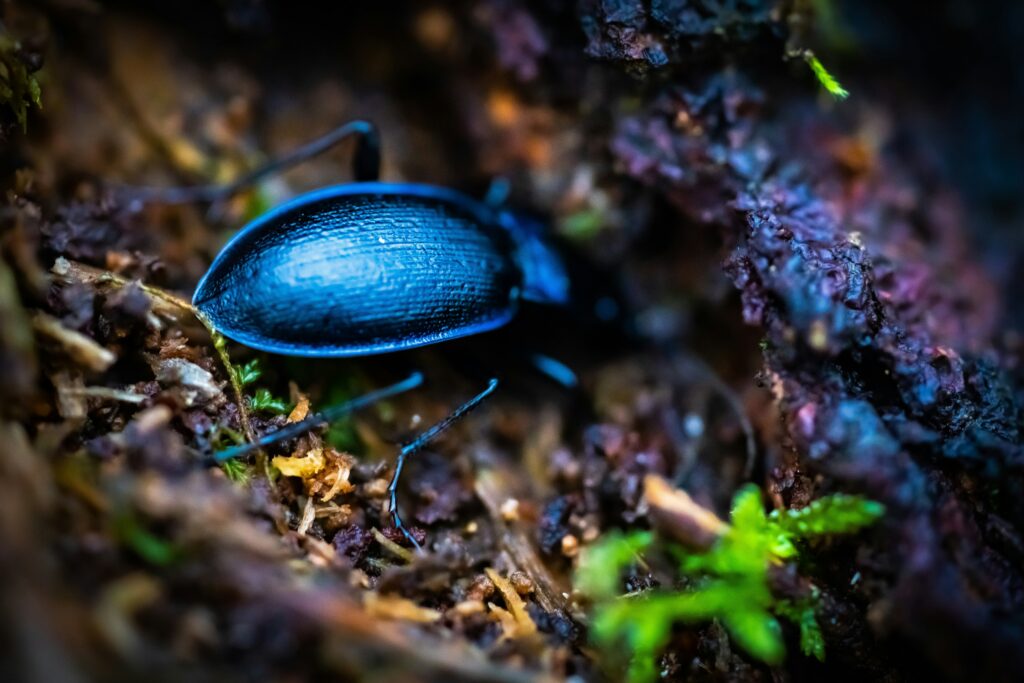
The evolutionary history of light production in beetles reflects a fascinating case of convergent evolution, having developed independently in different beetle families. Molecular evidence suggests that bioluminescence in beetles evolved at least two separate times—once in the ancestor of modern fireflies around 150 million years ago, and separately in click beetles. The earliest function of this light production may have been defensive rather than for mating communication, possibly evolving from defensive compounds that happened to produce light as a side effect when oxidized. Over time, this accidental illumination was co-opted for communication purposes as species recognized its signaling potential. Evidence of this evolutionary history can be seen in the different light-producing structures, biochemical mechanisms, and uses of light among various luminous beetle families.
Human Uses: From Traditional Lanterns to Biotechnology

Throughout history, humans have been fascinated by beetles’ natural light and have found various ways to utilize it. Indigenous peoples in South America historically used luminous click beetles as primitive lanterns, keeping them in small cages or attaching them to their clothing for nighttime illumination. In some cultures, children would collect fireflies in jars as temporary nature-powered night lights. Beyond these traditional uses, the biochemistry of beetle bioluminescence has found remarkable applications in modern science. The genes for luciferase and luciferin have become essential tools in biomedical research, allowing scientists to track specific cellular processes by genetically engineering cells to produce light when certain genes are activated or when particular molecules are present. This technology has become invaluable in studying cancer, infectious diseases, and testing new drugs.
Threats to Luminous Beetles: Conservation Concerns
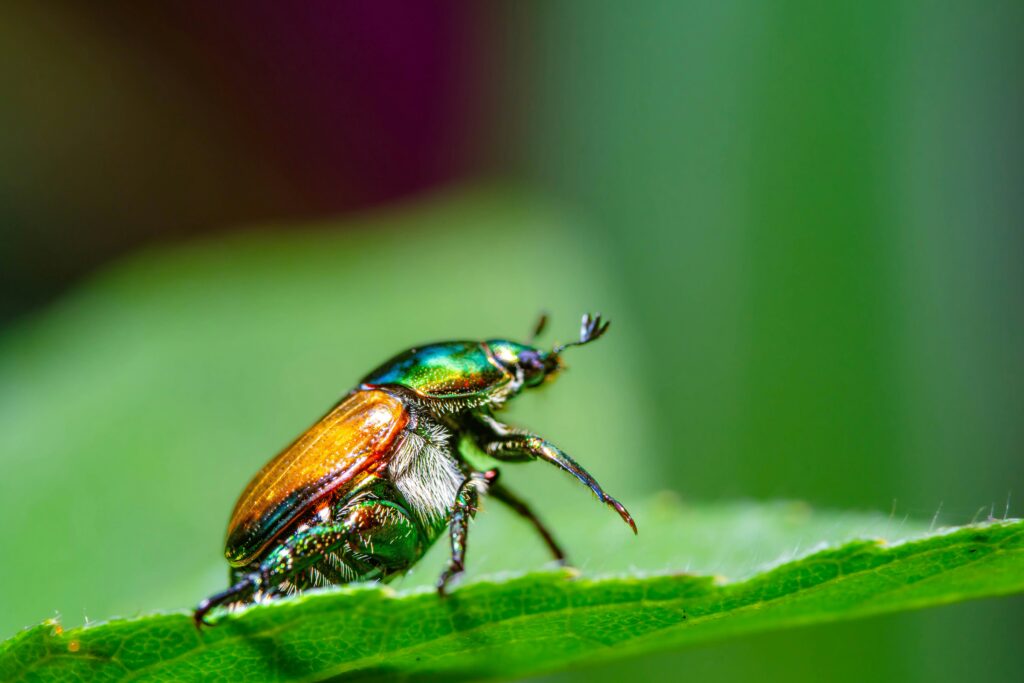
Despite their magical appearance, glow-in-the-dark beetles face significant threats in the modern world. Light pollution from urban development interferes with their mating signals, making it difficult for males and females to find each other against the background glow of city lights. Habitat loss through deforestation and urbanization destroys the specific environments many species need—particularly important for fireflies, which often have very specific habitat requirements for their larval development. Pesticide use has also significantly impacted populations, both directly through toxicity and indirectly by reducing prey insects. Climate change presents additional challenges, altering the temperature and moisture conditions these beetles have evolved to thrive in. Conservation efforts are growing around the world, with some communities creating firefly sanctuaries and implementing dark-sky policies to protect these iconic illuminators.
Citizen Science: How The Public Helps Track Glowing Beetles

The charismatic nature of bioluminescent beetles has made them ideal subjects for citizen science projects around the world. Programs like Firefly Watch in North America and the FrogloggerZA project in South Africa engage everyday people in monitoring local firefly populations, recording when and where they appear, and documenting their flash patterns. These collaborative efforts between scientists and the public provide valuable large-scale data that would be impossible for researchers to collect alone. Smartphone apps have revolutionized this participation, allowing people to easily record sightings, take photos, and even analyze flash patterns. The enthusiasm of citizen scientists has not only advanced our understanding of these insects but has also fostered greater public appreciation for their conservation, creating a community of advocates working to protect these living lights.
The Future of Bioluminescence Research: Lighting New Paths

The study of beetle bioluminescence continues to illuminate new scientific pathways with exciting potential applications. Researchers are exploring ways to further harness the exceptional energy efficiency of beetle light production to create sustainable lighting technologies that convert nearly all energy input into light rather than wasting it as heat. Genetic engineers are developing new biosensors based on luciferase systems that can detect environmental toxins or specific disease biomarkers with unprecedented sensitivity. Some scientists are even investigating the potential for bioluminescent trees engineered with firefly genes to someday provide gentle, sustainable street lighting. Beyond practical applications, advanced imaging technologies are allowing researchers to better understand the complex neural control of light organs, revealing how beetles achieve such precise control over their illumination. As our scientific tools advance, these remarkable insects continue to inspire innovations at the intersection of biology, chemistry, and technology.
Conclusion
The world of glow-in-the-dark beetles offers a window into the remarkable creativity of natural evolution. These insects have developed one of the most energy-efficient light production systems on the planet, using their living lanterns for everything from finding mates to defending against predators. Their bioluminescent chemistry has not only secured their survival over millions of years but has also provided humans with valuable scientific tools and endless inspiration. As we continue to unravel the secrets of these illuminated insects, we gain not just scientific knowledge but a deeper appreciation for the subtle wonders of the natural world. In a time of increasing artificial light and environmental change, preserving the darkness these beetles need becomes as important as protecting the insects themselves—ensuring future generations can still experience the magic of forests and fields transformed by the gentle, living lights of beetles aglow in the darkness.

